Print Safety Data Sheet containing alternate company (TO) details
Print Safety Data Sheet containing alternate company (TO) details You may want to print documents, e.g. a Safety Data Sheet, so that the company and contact details are from an alternate company. This could be the case if your company produces e.g. Safety Data Sheets for your other divisions or sites. To print documents containing other company details, including company name, address, contact and logo involves the following steps: Add a New TO – the key details of the alternate company. A...





















